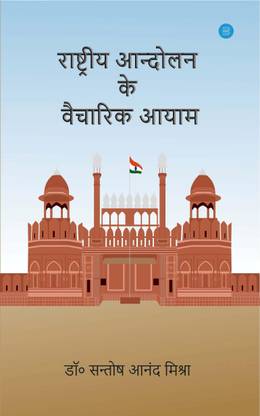Neelam Sanjiva Reddy: An Ideal Personality of Indian Democracy (May 19, 1913 – June 1, 1996)
Early Life and Family Background
Neelam Sanjiva Reddy was born on May 19, 1913, in Illuru village of Anantapur district, then part of the Madras Presidency under British India (now in Andhra Pradesh). He belonged to the affluent Reddy community, traditionally known as an agrarian caste. His father, Neelam Chinna Reddy, was a respected landlord.
From an early age, Reddy exhibited a deep sense of patriotism, simplicity, and service. He received his early education locally and later studied at Madras Christian College and Government Arts College, Anantapur.
Participation in the Freedom Struggle
During the 1930s, when India's freedom struggle was gaining momentum, Neelam Sanjiva Reddy joined the Indian National Congress in 1931, inspired by Mahatma Gandhi’s Satyagraha movement. He actively participated in the Civil Disobedience Movement and later played a crucial role in the Quit India Movement (1942), for which he was imprisoned. His involvement in the freedom movement compelled him to abandon his higher studies.
Political Career and Chief Ministership
After independence, Reddy emerged as a key figure in Andhra Pradesh politics. In 1951, he was elected to the state legislative assembly and soon gained the trust of the Congress leadership.
On October 1, 1953, the state of Andhra was formed, carved out from the Tamil-speaking Madras province. After the reorganization of states on linguistic lines in 1956, a united Andhra Pradesh was created, and Neelam Sanjiva Reddy became its first Chief Minister. He served two terms (1956–1960 and 1962–1964).
As Chief Minister, he:
- Prioritized irrigation projects
- Established educational institutions
- Worked on land reforms and agricultural policies
- Streamlined revenue administration
His governance was marked by strict discipline, administrative efficiency, and intolerance for corruption.
Role in Congress Leadership
Reddy served twice as the President of the Indian National Congress—first in 1960 and again in 1964. He was considered a trusted aide of then Prime Minister Lal Bahadur Shastri. He was known for maintaining discipline and ideological integrity within the party.
As Speaker of the Lok Sabha (1967–1969)
In 1967, Reddy was elected Speaker of the Lok Sabha, a role he carried out with exceptional dignity and impartiality. During his tenure, he:
- Upheld the decorum of parliamentary procedures
- Maintained balance between the ruling party and the opposition
- Facilitated training for newly elected MPs
His tenure is still regarded as a model in Indian parliamentary history.
First Unsuccessful Presidential Bid (1969)
Following the death of President Dr. Zakir Husain in 1969, Reddy was nominated for the presidency by the organizational wing of Congress. However, due to a split in the party—between Indira Gandhi and the old guard—Reddy lost to V.V. Giri, who was backed by Gandhi. Disillusioned, he temporarily retired from politics and returned to his hometown in Karnataka to take up farming.
Unopposed Election as President (1977–1982)
After the Emergency period (1975–77), the Janata Party came to power. Upon the death of President Fakhruddin Ali Ahmed, Reddy was nominated again and became the first President of India to be elected unopposed in 1977.
As President, he:
- Reinforced constitutional limits on executive power
- Maintained democratic decorum amidst political instability
- Accepted two recommendations to dissolve the Lok Sabha: after the fall of the Morarji Desai government and again when Charan Singh lost majority support
His presidency was marked by dignity, impartiality, and constitutional steadfastness during a volatile political phase.
Retirement and Later Life
After completing his term in 1982, Reddy withdrew from public life. True to his Gandhian values, he led a simple life without availing of official perks, pensions, or privileges.
Death
Neelam Sanjiva Reddy passed away on June 1, 1996, in Hyderabad. His death marked the loss of a statesman who symbolized simplicity, honesty, and guardianship of democracy.
Key Highlights of Neelam Sanjiva Reddy's Legacy:
- First President of India to be elected unopposed
- Held several top positions before the presidency: Chief Minister, Congress President, and Lok Sabha Speaker
- Embodiment of humility and modesty—did not accept government residence, pension, or privileges after presidency
- Defender of democratic institutions and their dignity
- Lived a life grounded in Gandhian principles
Conclusion
Neelam Sanjiva Reddy’s life was that of a political ascetic, who regarded power not as a privilege but as a tool for public service. His commitment to simplicity, constitutional morality, and democratic values continues to inspire generations of leaders. Among the few Indian leaders who upheld personal integrity even at the highest offices, Reddy remains a beacon of principled political conduct.












0 Comments
Thank you